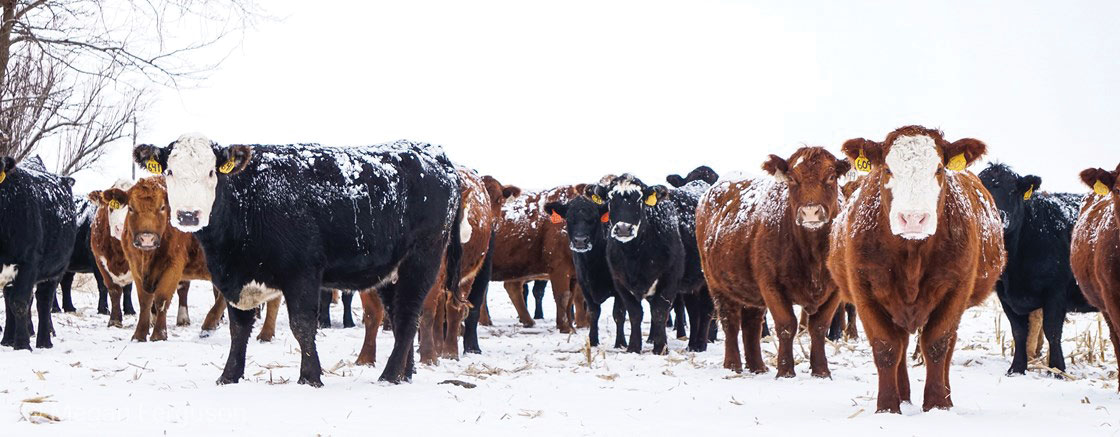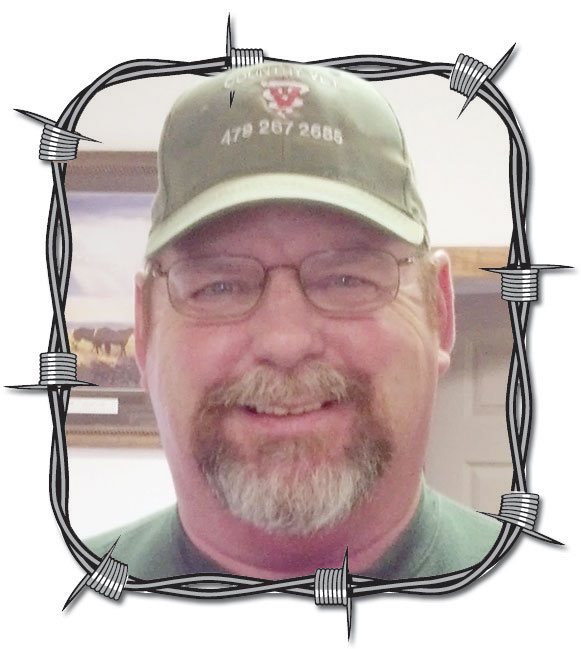
 Winter feeding and preparing our cows and heifers for calving is critical.
Winter feeding and preparing our cows and heifers for calving is critical.
What’s the quality of forage we are feeding our cows? We need to observe our cows and see what body condition score they are. If they are thin and getting on the poor side, then we need to feed a higher-quality forage, maybe even supplement with grain. If they are on the fat side or a body condition score of 6 or better, we can feed them a lower-quality forage.
This can be done by just splitting the herd with a hot wire and feeding appropriately.
We also need to ensure we have the proper mineral out for them. I recommend a full complement mineral with at least 10 percent magnesium this time of the year.
I have seen very short grass coming up recently, and we can have cases of grass tetany right now. I normally see grass tetany from Christmas until May. Please remember fescue ties up magnesium and so does the potash we put on our fields for fertilizer, which can be a cause of grass tetany.
When cows are calving, we also see them going down due to an imbalance in minerals normally caused by the calcium to phosphorus to magnesium and potassium ration. If possible, your ration should be balanced out using the cation-anion method by your nutritionist. If it is not or if your cattle is not eating the mineral you have out, they may get a case of milk fever, which is low blood calcium. This can be caused by the ratio being out of sort or just not getting enough calcium.
I also recommend a full complement mineral since I have also seen many cases of copper deficiency in this area. These cows look like they are very heavily parasitized, even though their fecal is negative, with long, dead, shaggy hair hanging on them. Also, calves born to these cows will not have a competent immune system. I have seen calves get scours four to six times until they were 8 to 10 weeks old. Copper is required in the scheme of immunity in the body. We can also have a slight shifting leg lameness in these calves.
Please remember, to get weight on cattle it’s not just about protein, but more calories in general. Cattle make their own protein in the rumen by fermentation. They tear down protein into nitrogen and carbohydrates. If they do not need the nitrogen, it’s excreted as ammonia via the urine. When you supply just enough nitrogen and carbohydrates, cattle will do better. This is exactly how my nutrition instructor from college figured out how to feed manure to cattle.
Dr. Tim E. O’Neill, DVM, owns Country Veterinary Service in Farmington, Ark. To contact Tim go to ozarksfn.com and click on ‘Contact Us.’




